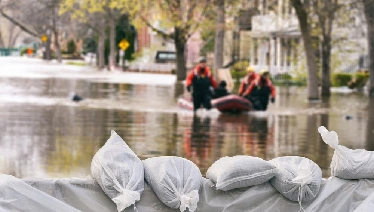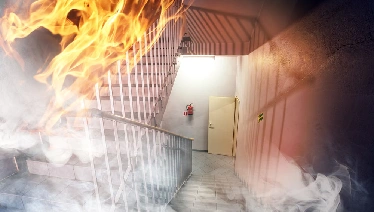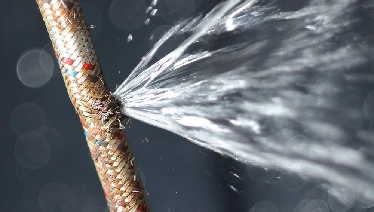Mold Risks and Causes
Common signs of mold exposure encompass respiratory issues, persistent coughing, and irritation of the throat, lungs, and eyes. Specific vulnerable groups, such as individuals with asthma, allergies, underlying health conditions, young children, and the elderly, face an elevated risk of health complications arising from mold exposure.
Numerous factors contribute to mold growth, including heightened moisture levels, incidents of flooding, plumbing deficiencies, HVAC system malfunctions, roof and window leaks, inadequate ventilation, and the age of the property's construction. Additionally, building materials like particleboard, drywall, and plywood are particularly prone to mold development. Recognizing these indicators and risk factors empowers property owners to proactively address concerns related to mold.

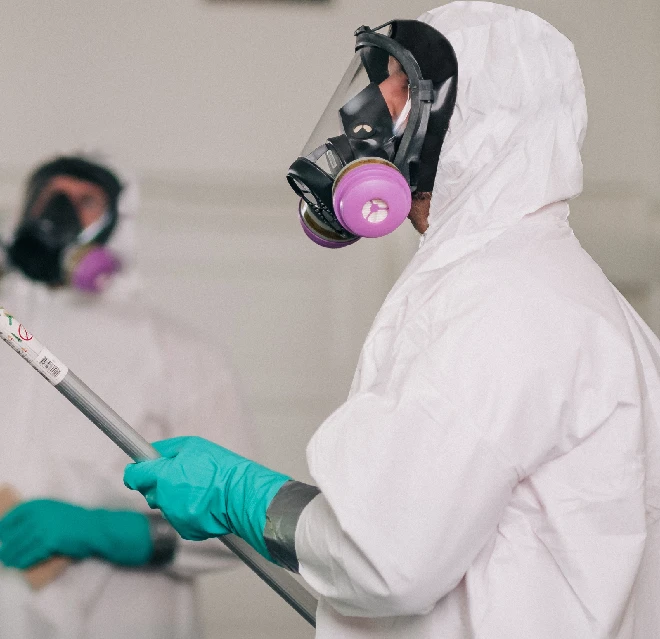
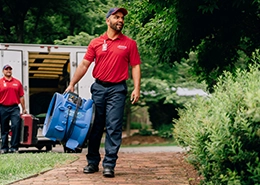

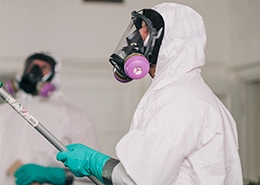

.webp)
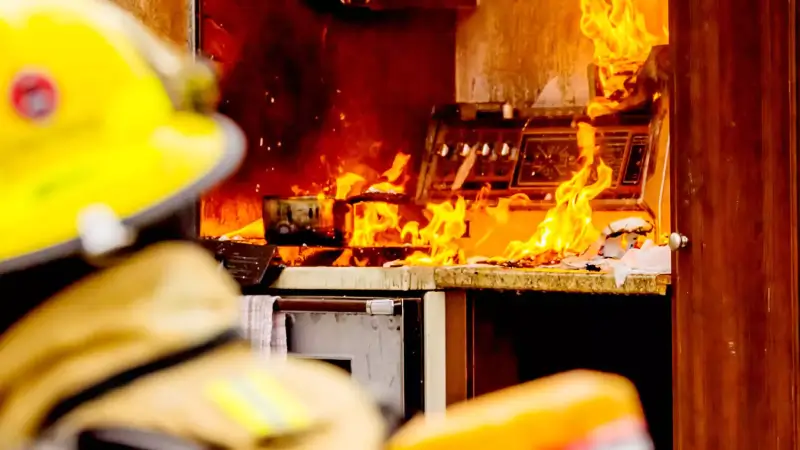
.webp)
